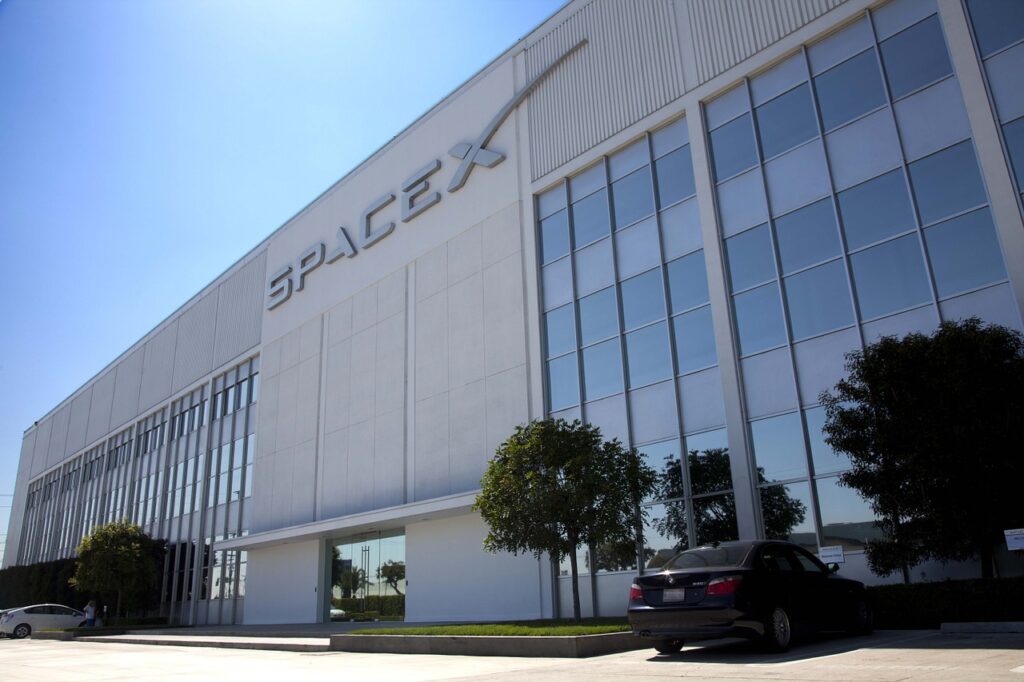SpaceX Launch: Pioneering the Future of Space Travel – SpaceX, founded by Elon Musk in 2002, has emerged as a frontrunner in the aerospace industry, revolutionizing space travel with its innovative technologies and ambitious missions. From launching satellites into orbit to ferrying astronauts to the International Space Station (ISS), SpaceX has achieved remarkable feats, marking a new era in space exploration.
SpaceX Launch: Pioneering the Future of Space Travel

History of SpaceX
SpaceX’s journey began with a vision to reduce the cost of space transportation and enable the colonization of Mars. Since its inception, the company has made significant strides in developing advanced rocket technology and spacecraft. In 2008, SpaceX became the first privately-funded company to launch a liquid-fueled rocket into orbit with its Falcon 1.
Significance of SpaceX Launches
Revolutionizing Space Travel
SpaceX’s reusable rocket technology has disrupted traditional space launch systems by drastically reducing the cost of access to space. This breakthrough has made space exploration more accessible and economically viable, opening up opportunities for scientific research, satellite deployment, and commercial ventures.
Accomplishments and Milestones
Over the years, SpaceX has achieved numerous milestones, including the first privately-funded spacecraft to reach orbit (Dragon in 2010), the first commercial spacecraft to dock with the ISS (Dragon in 2012), and the first successful landing of a reusable orbital rocket (Falcon 9 in 2015).
Recent SpaceX Launches
Falcon 9 Starlink-23 Mission
In March 2024, SpaceX successfully launched its Falcon 9 rocket carrying the Starlink-23 payload, which aims to expand its global satellite internet constellation. This mission highlights SpaceX’s commitment to providing high-speed internet access to underserved regions worldwide.
Crew-3 Mission to the ISS
In October 2023, SpaceX’s Crew Dragon spacecraft embarked on its third operational mission to the ISS, transporting a team of astronauts as part of NASA’s Commercial Crew Program. This mission demonstrates SpaceX’s capability to safely transport crew members to and from space.
Technological Innovations
Reusable Rocket Technology
One of SpaceX’s most groundbreaking achievements is the development of reusable rocket technology. By landing and refurbishing rocket boosters, SpaceX has significantly reduced the cost of launching payloads into space, making space travel more sustainable and affordable.
Starship Development
SpaceX’s ambitious Starship project aims to create a fully reusable spacecraft capable of carrying humans to Mars and other destinations in the solar system. With its unprecedented payload capacity and versatility, Starship could revolutionize interplanetary travel in the coming decades.
Impact on Space Exploration
Commercial Space Travel
SpaceX’s success has spurred a new era of commercial space travel, with private companies and governments alike investing in space tourism and exploration ventures. This shift towards privatization could accelerate the pace of innovation and exploration beyond Earth’s orbit.
Partnerships and Collaborations
SpaceX has forged strategic partnerships with government agencies, research institutions, and commercial entities to advance space exploration initiatives. Collaborative efforts such as the Artemis program with NASA and the development of the Starlink satellite internet constellation exemplify SpaceX’s commitment to advancing humanity’s presence in space.
Future of SpaceX Launches
Mars Colonization Plans
Elon Musk’s long-term vision for SpaceX involves establishing a sustainable human settlement on Mars. The company’s ambitious plans include developing the Starship spacecraft to transport large numbers of colonists and cargo to the Red Planet, with the ultimate goal of terraforming Mars and making it habitable for future generations.
Satellite Internet Constellation
SpaceX’s Starlink project aims to deploy thousands of satellites into low Earth orbit to provide high-speed internet access to remote and underserved areas. With ongoing launches and expansions, Starlink has the potential to revolutionize global connectivity and bridge the digital divide.
Challenges and Controversies
Environmental Concerns
SpaceX’s frequent rocket launches raise concerns about their environmental impact, particularly regarding carbon emissions and space debris. As the company expands its operations, addressing these environmental challenges will be crucial to ensure sustainable space exploration.
Regulatory Issues
SpaceX faces regulatory hurdles and geopolitical tensions as it seeks to expand its global presence and launch capabilities. Navigating regulatory frameworks and international partnerships poses challenges for SpaceX’s ambitious goals and commercial ventures.
Conclusion
SpaceX’s relentless pursuit of innovation and exploration has propelled humanity towards new frontiers in space. With its groundbreaking technologies, ambitious missions, and visionary leadership, SpaceX continues to redefine the possibilities of space travel and inspire future generations to reach for the stars.
FAQs
- How many successful launches has SpaceX conducted?
- SpaceX has conducted over 100 successful launches since its inception in 2002.
- What is the purpose of the Starlink satellite internet constellation?
- The Starlink project aims to provide high-speed internet access to underserved regions around the world.
- What are the challenges of reusable rocket technology?
- Reusable rocket technology requires extensive refurbishment and maintenance to ensure safety and reliability for future launches.
- How does SpaceX contribute to space exploration beyond Earth’s orbit?
- SpaceX collaborates with government agencies and private entities to develop spacecraft and infrastructure for missions to Mars and other celestial bodies.
- What are some potential risks associated with Mars colonization?
- Mars colonization poses challenges such as radiation exposure, life support systems, and the long-term sustainability of human habitats.




